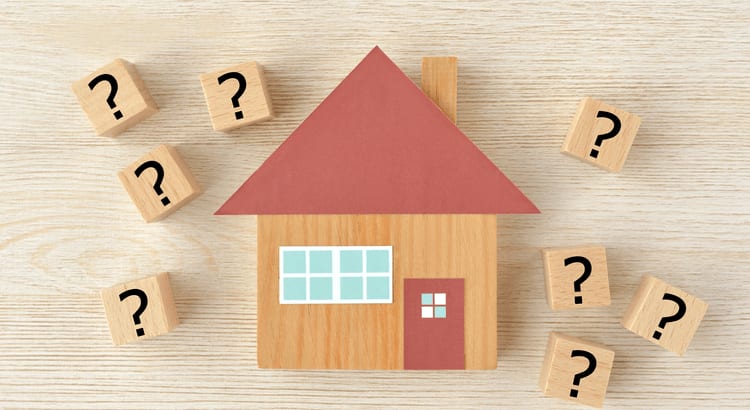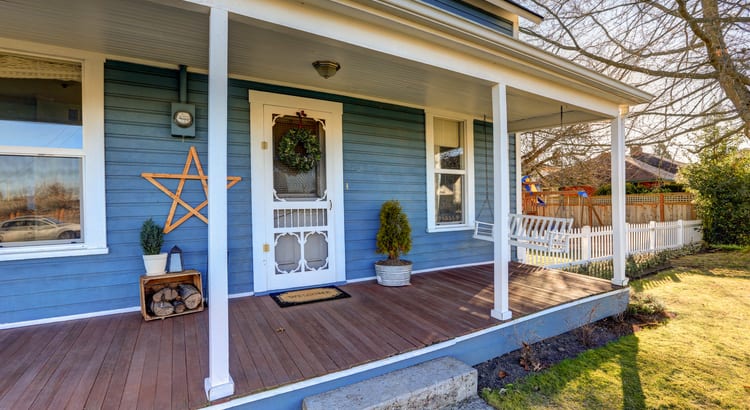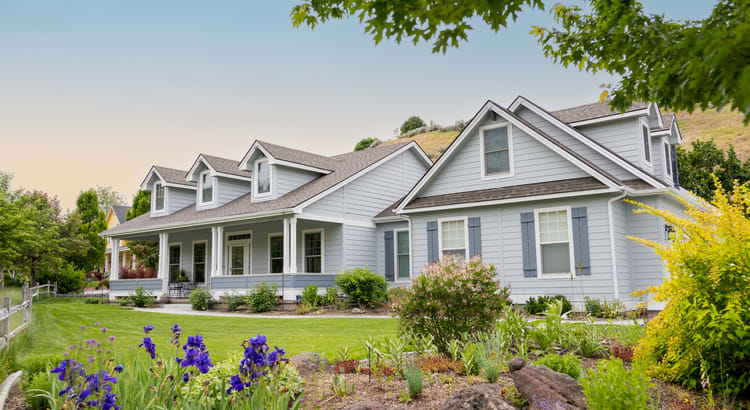We’re about halfway through the year, and starting to see a little bit of a shift in the market. As of late, the market has been defined by rising mortgage rates.
To break down what is happening with mortgage rates, we look to the weekly monitor from Freddie Mac where the average 30 year fixed is over 5%.
There’s a lot of economic uncertainty – inflation, instability in the world, what the Fed is doing – which is causing mortgage rate volatility.
Looking at the rate environment this year, where we wrapped up 2021 with 3.1% on the average 30-year fixed, we have seen a quick and dramatic rise in interest rates over the first several months with a plateau around the third week of April.
However, let’s bring some perspective to this. The average 30-year fixed is higher than where we’ve been for the last decade, but below where we’ve been in previous decades – going all the way back to the seventies. Certainly, 5% is still a very, very good rate when we consider the historical rates over the past several decades.
The 30-year fixed mortgage has followed the 10-Year Treasury. We’ve seen the 10-Year Treasury rise since January and start to flatten out, like we see in interest rates.
The headlines tend to terrify more than clarify, so what’s the short answer to, “Are we in a housing market correction?” No! A correction of any sort is a decline of 10% or greater in the price of a security asset or financial market. Experts are forecasting almost 9% appreciation in residential real estate this year – where, historically, we’ve seen about 3.8%. We are still seeing very healthy appreciation this year.
However, we are at a turning point right now, coming out of two anomaly years in the real estate business, and it is still a seller’s market.
According to the latest released numbers, showings are still high, though we will begin to trend back to the pre-pandemic level demand.
And looking at the latest released numbers for existing home sales, we can see again that trend to the pre-pandemic level of sales. However, we are still seeing national averages of 17 days on market with over 5 offers on homes for sale. As we head back towards those pre-pandemic levels, let’s not forget that 2017-2019 were great years for the real estate market.
Let’s take a look at the top expert forecasts for 2022. We see anywhere from 6.9 million homes sold this year to 6.1 million. In 2021 we sold 6.9 million homes. Most are saying that the interest rate environment we’re in will likely impact the market to the tune of about 10%. At 6.9 million homes, that is a reduction of about 700,000 homes less we would sell this year. – right around that 6.2 million mark.
A recession does not mean there will be a housing crisis. We have seen 6 recessions in this country, and during 4 of those recessions homes appreciated in value. Keep in mind, one of the recessions (1990s) homes only depreciated in value by less than 2%.



















